It’s never easy being Spider-Man, whether it’s Miles Morales or Peter Parker under the mask. That is made abundantly clear in Miles Morales: Spider-Man #2, written by Cody Ziglar, with art by Federico Vicentini, colors by Bryan Valenza, and letters by Cory Petit. This issue is classic Spider-Man all the way around, with a script full of humor and human drama. Miles spends the issue wrestling with the consequences of being Spider-Man in his personal life and relationships. It’s a classic Spidey formula with a modern twist thanks to Ziglar’s authentic writing and the electric art from Vicentini and Valenza.
After being suspended for missing classes, standing up his girlfriend, getting his best friend in trouble, and worrying his parents, Miles Morales is feeling like his life is out of control. Things only get worse when old enemies return with upgraded tech. On top of everything else, there’s a new villain out to get Spider-Man, and she knows his real identity.

Cody Ziglar’s script is engaging and raises interesting questions that put a new spin on the idea of power and responsibility. When is it in the city’s best interest for Spider-Man not to act? Is swinging around and fighting bad guys making a tangible difference in the community, or is he only making things worse for himself and his loved ones? They aren’t necessarily new questions in superhero comics, but they are new for Miles. Here, the young hero is presented with tough choices about how to do the right thing and how to use his gifts responsibly. He uses Miles’ ethical dilemma as an allegory for the complications of growing up. Ziglar balances this moral quandary with action and humor to make this issue as fun as it is thoughtful.
In this issue, Miles teams up with Misty Knight, who he views as a role model. Working with Misty, he is forced to rethink his instincts and consider the consequences of his actions or lack of planning. There is a sense of mutual respect between the two heroes that comes from their shared experiences. It is fun to see Miles learn from and team up with other established heroes than just Peter Parker, and that kind of experience can help further distinguish the two characters from one another. Ziglar’s script and dialogue give the book a fresh and younger voice that makes the story uniquely about Miles.

Federico Vicentini’s loose style gives the series a unique flavor that sets it apart from Peter Parker’s more traditional superhero art. There’s a sense of motion and energy on every page. It suits the youthful Miles. Vicentini’s manga-inspired art utilizes graphic shapes and hard angles in his static images, which contrast beautifully with the smooth curves and thin, jagged brush strokes he uses to capture motion. That dynamic contrast provides a thrilling sense of movement when the action kicks in. The line work is perfectly suited for Spider-Man and all of his bouncing and swinging around.
Bryan Valenza’s colors elevate the lines to evoke the stylish flourishes reminiscent of the Spider-Verse films, like halftone pattern highlights, geometric light and shading, and shiny, chromatic backgrounds that make the visuals pop. All of that was there in the first issue as well, but it is even more evident as the creative team gets more comfortable together. Cory Petit’s letters are clear and unobtrusive, giving the artistic team plenty of space to play. His sound effects mesh well with the visuals.
While issue two is not as action-packed as the premiere issue, it is an engaging and beautiful comic that continues to put Miles Morales through the emotional wringer. Two issues in, the series is already shaping up to be a memorable and important chapter in Spider-Man’s journey.
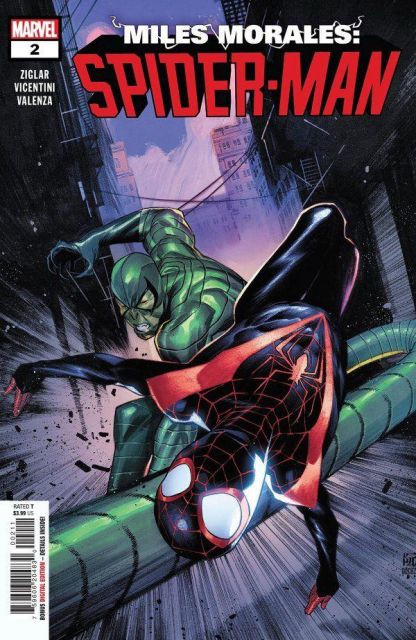



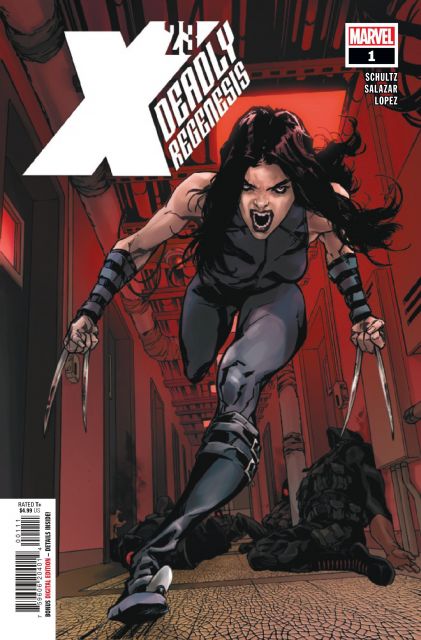
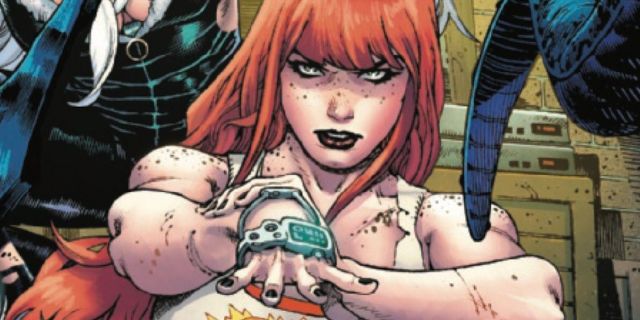
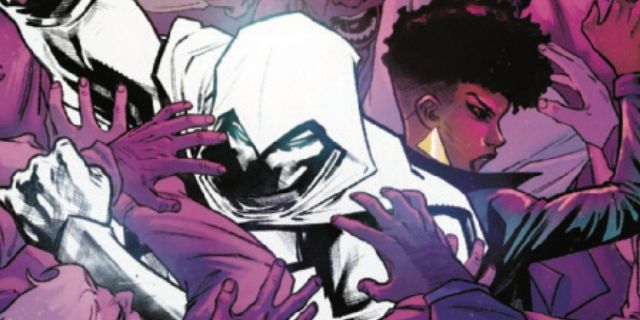


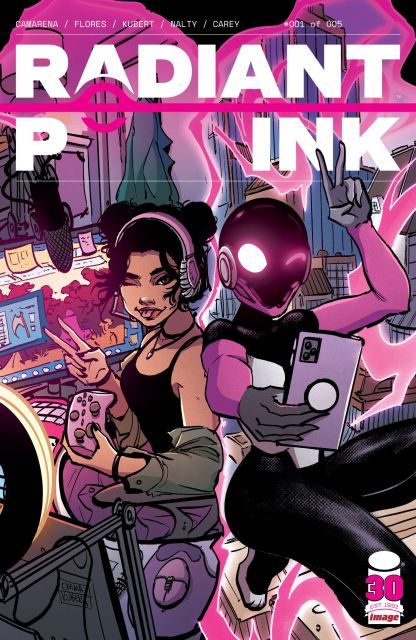





Leave a Reply